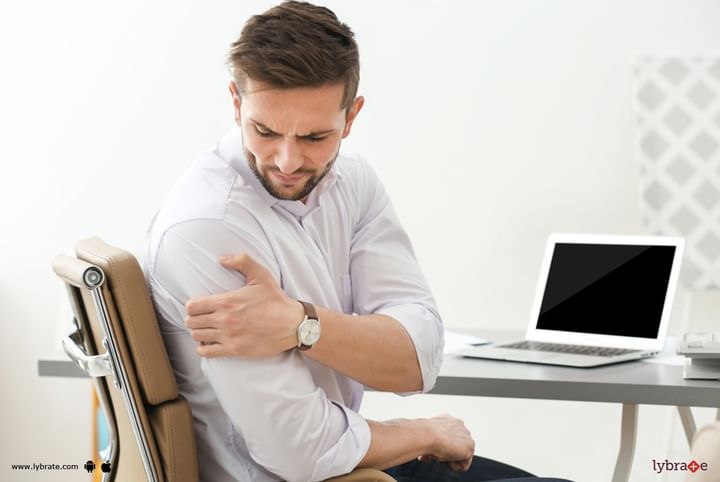Shoulder Arthroscopy Surgery - Why Is It Required?
Shoulder arthroscopy is done using a device containing a tiny camera known as the arthroscope. This is why it is termed as shoulder arthroscopy. It is used to examine tissues around the shoulder joint. If the examination reveals damage, the surgeon uses the arthroscope to treat the area by a cuff/labral repair. The surgeon inserts the arthroscope through a small incision on the shoulder.
Why Is Shoulder Arthroscopy Required?
There are a number of muscles and tendons in the shoulder joint known as the rotator cuff. These tendons and muscles attach the arm to the shoulder joint and also help the shoulder move. It is these tendons that develop tear when they are injured or abused through overuse. If any of these tendons are torn, one may require an arthroscopy.
The Procedure of Shoulder Arthroscopy:
Arthroscopy can be done under general anesthesia as well as regional anesthesia. After anesthesia, the surgeon creates a small incision on the shoulder and inserts the arthroscope. Movements of the arthroscope can be watched on a video monitor kept in the operating room. The surgeon can inspect the shoulder joint comprehensively including the bones, cartilage, tendons, and ligaments. If he finds any damage, he can fix the issue with the help of the arthroscope and other tools. If repair is called for, the surgeon needs to use surgical tools. For this, the surgeon has to make another 2 to 3 small incisions to insert surgical instruments into the shoulder joint. If there is a labral tear, the surgeon can fix it and also remove damaged tissue through the holes. The surgeon can go for various surgical repairs:
Rotator Cuff Repair:
In this procedure, the edges of all torn tendons are bunched and attached to the relevant bony area with the help of suture anchors. The anchors can be made of metal, peek, all suture or bioabsorbable that does not need removal after surgery.
Surgery for Impingement:
If there is an impingement, the surgeon removes inflamed or damaged tissue from the area above the shoulder joint. He may also cut the coracoacromial ligament and shave bony growths on the underside of the acromion bone which often causes impingement precipitating inflammation and pain.
Surgery for Shoulder Instability:
Surgery only for impingement alone is going off from the scene but often done in conjunction with rotator cuff tear. Subscapularis muscle or very massive tear can be treated arthroscopically. The labrum is cartilage lining the rim of the shoulder joint. While repairing this cartilage, the surgeon may also repair the ligaments attached to this area.
If there is a tear on the lower part of the labrum, it is known as Bankart lesion. The surgeon may attempt a Bankart repair for this.
A newer procedure like superior capsule reconstruction and ac joint surgeries can now be done arthroscopically. SLAP is also slowly going out of surgical lexicon only symptomatic ones not relieving with physiotherapy are taken up. The patient may also suffer from a SLAP lesion which involves the labrum and a ligament. In that case, the doctor may need to repair both the ligament and the labrum.
Conclusion:
Arthroscopy is a widely used procedure for cuff/labral repair, and it is a popular one owing to less blood loss, more accuracy, less incision, and less recovery time. However, it is always advisable to consult a doctor before opting for this treatment. One should always follow the pre and post-operative instruction for better results.



+1.svg)
